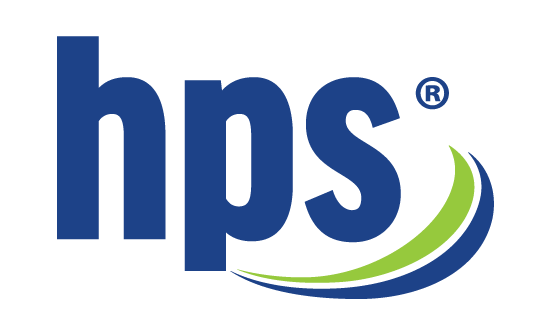Small and mid-size employers continually face ever-increasing health insurance costs. On a per capita basis, health spending has increased over 30-fold in the last four decades, from $355 per person in 1970 to $10,739 in 2017. Since then, costs have continued to rise.
Employers are choosing to either shift more costs to workers, bear the costs themselves, or implement a mix of the two. As a result, many CFOs of mid-sized and smaller companies are implementing the best practices employed by larger companies, including partially or fully self-funded employee health plans. While self-funded plans present some challenges, there are many benefits for employers and employees.
The Advantages of Self-Funding
Health insurance self-funding is practically a standard at large organizations. The Kaiser Family Foundation reports that 91 percent of employers with 5,000 or more workers take this approach. One major reason is the tax benefits. Although states typically tax health insurance premiums, when it comes to self-insurance, the majority of taxable premiums are removed from the equation.
In addition, self-funded plans are subject to fewer taxes placed on insurers through the Affordable Care Act when compared to traditional plans—these are expenses the carriers typically pass on to employers. Self-funded plans also give an employer the flexibility and control to design a customized plan that works best for their organization and its employees. Finally, self-funded plans give employers increased cost transparency by allowing them to clearly see where their dollars are spent.
Self-Funding Challenges
For smaller organizations, self-funding does pose some disadvantages. Some states regulate or disallow the sale of stop-loss insurance to smaller employers, so the organization cannot protect itself against catastrophic health claims or unpredictable losses. In addition, it may be difficult for smaller employers to assess the viability of self-funding, since they may not be able to access historical claims from their insurance carrier. In other cases, the data set may be too small to make credible predictions.
Finally, fluctuations in claims may be more pronounced with smaller groups, so a single catastrophic hospitalization could greatly impact the total claims. In any case, when a company self-insures, it will require more involvement in the health plan, including meeting compliance requirements and managing plan design.
Is Self-Funding is Right for Your Company?
Health insurance will continue to have a significant impact on business and benefits decisions, so it’s essential for an employer to regularly review its options. Small and mid-size companies may find that switching to self-funding can help control costs.
When deciding if this is the right option, stakeholders will not only need to evaluate stop-loss coverage—they must also understand the volume and nature of their employees’ health claims over the past five years, analyze cash flow, decide how to administer the program, and set coverage goals.


-01.png?width=379&name=HPS_Logo_Registered%20Trademark%20(White)-01.png)

